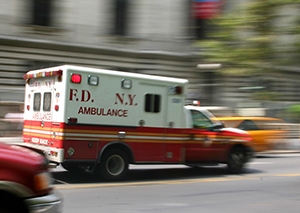
Shaking chills, also known as rigors or uncontrollable shivering, is the body’s response to a high fever caused by a severe infection.
Shaking chills should be taken seriously. It is sometimes the only sign that there is a raging infection inside your body.
If you experience shaking chills after surgery or an outpatient procedure, you should notify your doctor or a healthcare professional immediately.
If you have a thermometer (everyone should have one at home), take your temperature so you can tell your doctor how high it is. Tell your doctor you recently had an outpatient procedure such as a root canal or a tooth extraction.
Chills usually accompanies a high fever (above 103 F) in response to a severe infection, such as sepsis. Fever occurs when your brain increases your body temperature to kill invading germs.
The brain’s attempt to regulate the body temperature causes the patient to feel cold. Shivering and chills occur when the muscles contract to bring the body temperature up.
If the shaking chills stop – but your temperature continues to rise – you should go to an emergency room to be evaluated further. You should never ignore shaking chills.
A high fever, if sustained, can lead to organ damage or febrile seizures.
You might break out in a fine sweat if your temperature returns to normal.
This has been your Medical Minute.
More Info On the Web
What You Should Know About the Chills | Healthline
Why Do I Have Cold Chills? | WebMD
Chills: Symptoms, Signs, Causes & Treatment | Medicine Net
DISCLAIMER
Any medical information published on this blog is for your general information only and is not intended as a substitute for informed medical advice. You should not take any action before consulting with your personal physician or a health care provider. Sandrarose.com and its affiliates cannot be held liable for any damages incurred by following information found on this blog.





